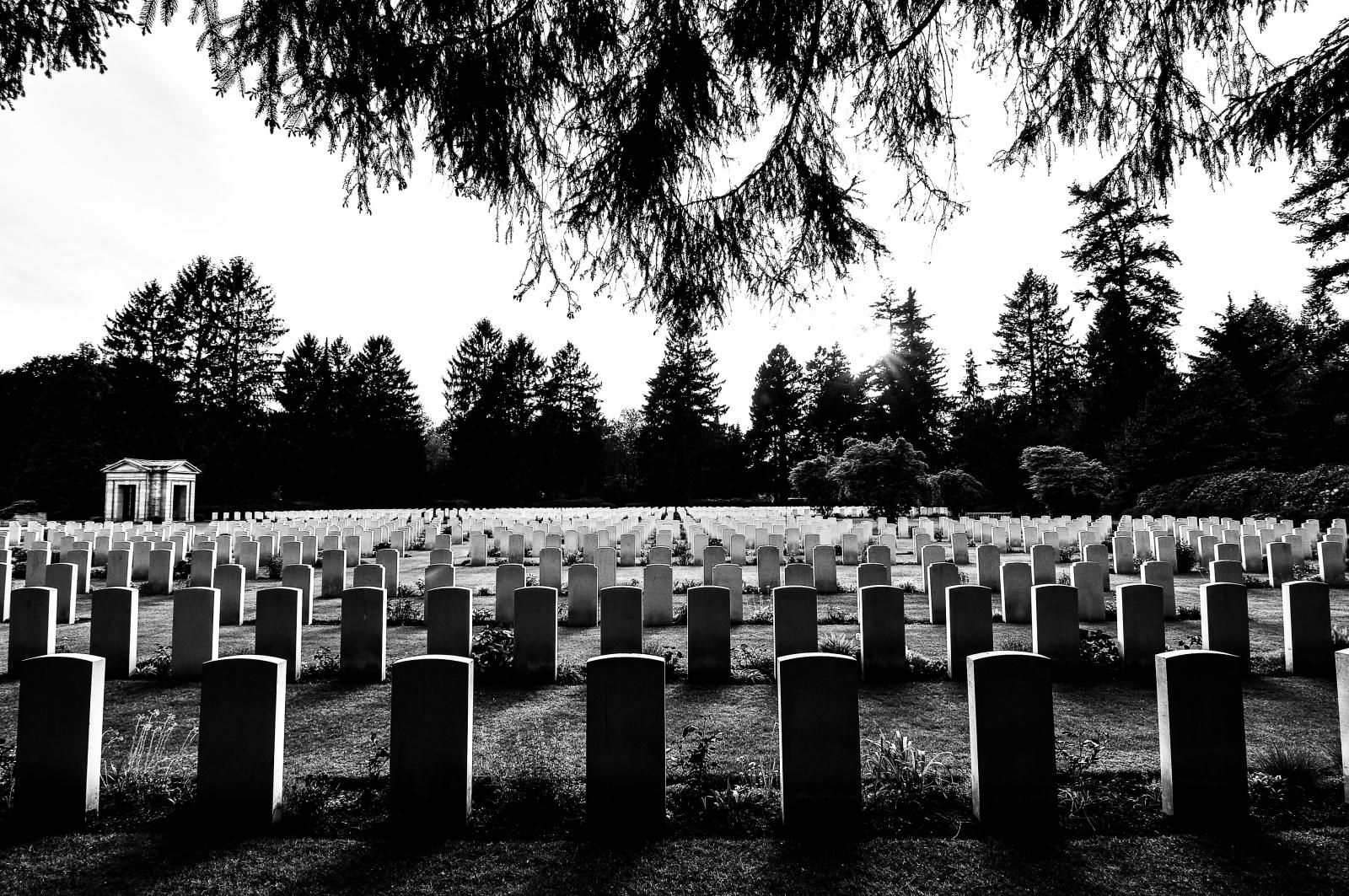New Analysis Shows 1918 Flu, COVID-19 Had Similar Mortality Impacts
A new analysis of excess deaths suggests the peak of the current pandemic in New York City had a death rate in the same league as the infamous 1918 influenza pandemic.

A new analysis of excess deaths in New York City this spring shows that the current pandemic’s peak had a dramatic impact on mortality in the city, one comparable to that of the 1918 H1N1 influenza pandemic.
Investigators found that while the overall incidence rate of mortality was higher in the 1918 pandemic, the current increase was more striking, given that the baseline death rate today is substantially lower than it was a century ago.
Jeremy Samuel Faust, MD, MS, of Brigham and Women’s Hospital, and colleagues wanted to find a meaningful way to compare the 20th century pandemic to the current pandemic. To do so, they looked at excess deaths, a metric that compares the number of deaths that would have been statistically expected during a period of time to the actual number of deaths. Such analyses can capture deaths that may have been a result of the pandemic but were not officially listed as such.
Faust and colleagues took data from the US Centers for Disease Control and Prevention (CDC) from the years 1914-1918, as well as current data from the US Census Bureau (2017-2020) and the New York City Department of Health and Human Hygiene (2020). Their findings were published in the Journal of the American Medical Association.
The analysis showed that, at the peak of the 1918 outbreak (October and November of that year), 31,589 people died in New York City, among a population of 5.5 million people, a figure that translates to an incidence rate of 287.17 per 100,000 person-months. The incidence rate ratio for mortality during that period compared to the same months in the baseline period of 1914-1917 was 2.80.
Between March 11 and May 11, 2020, New York City saw 33,465 deaths among its 8.28 million residents, for an incidence rate of 202.08 deaths per 100,000 person-months. The all-cause mortality incidence rate ratio for the COVID-19 peak compared to a baseline of 2017-2019 was 4.15.
Faust and colleagues wrote that while the death rate was still higher in 1918, that pandemic came at a time when mortality in general was higher.
“[B]ecause baseline mortality rates from 2017 to 2019 were less than half that observed from 1914 to 1917 (owing to improvements in hygiene and modern achievements in medicine, public health, and safety), the relative increase during early COVID-19 period was substantially greater than during the peak of the 1918 H1N1 influenza pandemic,” he said.
The incidence rate ratio for all-cause mortality for the 1918 pandemic and the 2020 pandemic was 0.70, the authors said.
Faust told Contagion he hopes the data help put into context the massive toll of the current health crisis.
“Overall, it's important to realize that the things we are asking the public to do—be it wearing a mask, not hugging their grandparents, skipping out on things we love to do in crowded places–are not easy,” he said. “My belief is that once the public understands the magnitude and severity of this pandemic, it might be just that much easier for people to make some of the changes we are asking them to make for now.”
He said physicians play an important role in helping patients understand the pandemic, and he said when a vaccine becomes available, primary care physicians will play an essential role of helping answer patients' questions.
Asked what he might say to people in other areas of the country who might perceive the outbreak—and these data, as a problem that does not affect them–Faust conceded that people in densely populated areas are at a disadvantage, but he said it is wrong to think people in rural areas face a lesser risk.
“The grocery store is the grocery store. Church is church,” he said. “When people gather in groups, the risks that are higher in cities can start to add up.”
He said while people in lesser-populated areas might not encounter as many people or be in close contact with as many people on a daily basis, the SARS-CoV-2 virus is highly contagious and capable of exploiting any opportunity it gets.
“I don't want people to shrug off real dangers,” he said.
